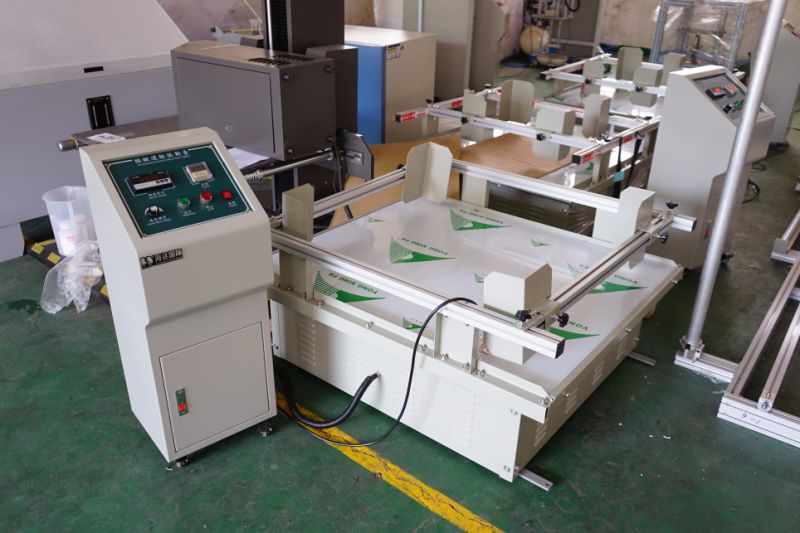

The purpose of ASTM D5112 is to determine the resonance of unpackaged products and components when horizontal linear motion is applied to the surface on which the product is mounted.

There are two alternative test methods for ASTM D5112.
The information obtained from these test methods is used to examine the response of products to vibration. Since the damage caused by vibration is likely to be observed at resonance frequencies, this test can be used to improve the design with changes that minimize damage.
When evaluating possible modifications, sinusoidal dwell and random test methods are optional. However, they can assist in evaluating the fatigue properties of resonance components. It is important to note that this test does not simulate the field conditions that the product will encounter.
The products are exposed to many stresses throughout the distribution channels, including the shipping environment. ASTM D5112 can help the package designer identify the most effective packaging system to minimize product damage. Determining the resonance frequencies of the product will provide unique information about interactions between the components of the pack after vibration.
The required test sample sample number will be determined by the number required to display an accurate representative performance. If possible, five (5) or more test samples should be used. For the purposes of this test, the test sample is the product for packaging. In some cases, it is useful to add additional sensors to points of interest. It is important that the additional sensors are flexible and have flexible wires so that they do not interfere with the integrity of the test. Non-critical panels of the product are allowed to be removed to observe the internal components of the product.
Conditioning may be required before testing. ASTM D5112 testing should be done in a test condition environment or immediately after removal. The test specimen should be fixed on the test surface to prevent any movement of the product. The spectrum of vibrations should represent the transport medium. Resonance responses of the product should be recorded.
Acceleration and frequency data and test sample components on the test surface should be monitored and recorded throughout the test. The test should be carried out in the direction of every product that is important during shipment. The test lab will compile the data in a comprehensive report following ASTM D5112 guidelines.
To get an appointment, to get more detailed information or to request an evaluation, you can ask us to fill in our form and reach you.